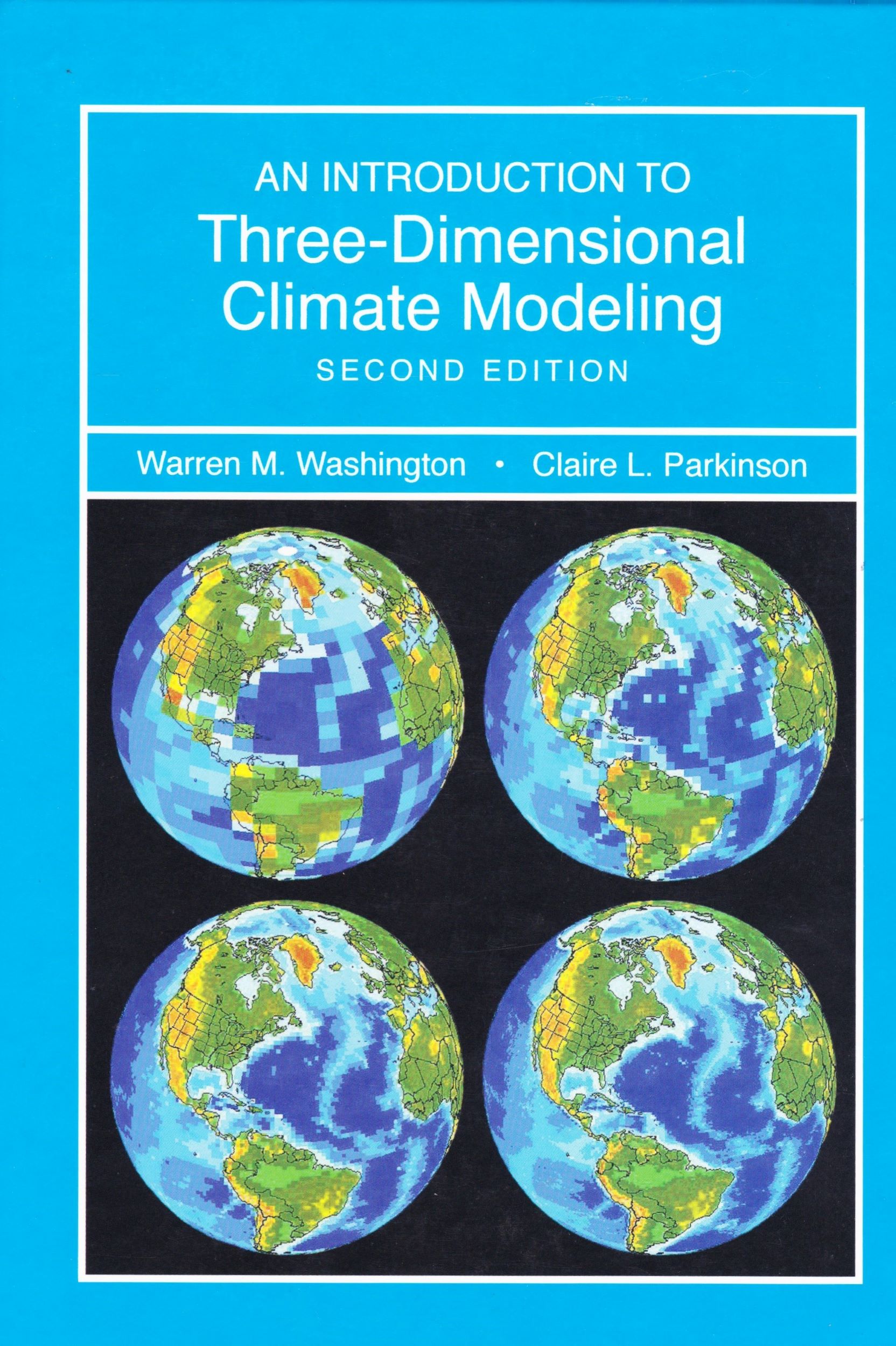
An Introduction to Three-Dimensional Climate Modeling, 2nd Ed.
This book provides an introduction to the development of three-dimensional climate models, including their four major components: atmosphere, ocean, land/vegetation, and sea ice.
Summary
This book provides an introduction to the development of three-dimensional climate models, including their four major components: atmosphere, ocean, land/vegetation, and sea ice. The fundamental processes in each component and the interactions among them are explained using basic scientific principles, and elements of the numerical methods used in solving the model equations are also provided. The authors show how the theory and models grew historically and how well they are able to account for known aspects of the climate system. This book is written so that a reader who is only vaguely aware of climate models will be able to gain an understanding of what the models are attempting to simulate, how the models are constructed, what the models have succeeded in simulating, and how the models are being used. Examples illustrating the use of the models to simulate aspects of the current climate system are followed by examples illustrating the application of the models to important scientific areas such as understanding paleoclimates, the last millennium, the El Nino/Southern Oscillation, and the effects of increasing greenhouse gas concentrations on future climate change. The book is appropriate for scientists, graduate students, and upper-level undergraduates and can be used as a textbook or for self study and reference. The authors have considerably updated the book from the first edition by adding descriptions of many techniques and results developed since the mid-1980s.
Resources
Table of Contents
1 Introduction and Historical Development
2 Physical Description of the Climate System
2.1 Atmosphere
2.2 Oceans
2.3 Sea Ice
2.4 Atmosphere/Ocean/Ice Interconnections
2.4.5 Impacts of the ice
3 Basic Model Equations
3.1 Fundamental Equations
3.2 Summary of the Basic Predictive Equations for the Atmosphere
3.3 Vertical Coordinate Systems
3.4 Atmospheric and Ocean Dynamics
3.5 Early General Atmospheric Circulation Model of the Atmosphere
3.6 Radiative and Cloud Processes
3.7 Surface Processes
3.8 Ocean Models
3.9 Sea Ice Models
3.10 River Transport
4 Basic Methods of Solving Model Equations
4.1 Finite Differences
4.2 Finite Differencing in Two Dimensions
4.3 Spectral Method
4.4 Spherical Representation
4.5 Spectral Transform Technique
4.6 Vertical Representation
4.7 Lagrangian and Semi-Lagrangian Methods
4.8 Spectral Element Method
5 Examples of Simulations of Present-Day Climate
5.1 Simulations of the Atmosphere
5.2 Simulations of the Ocean
5.3 Simulations of Sea Ice
5.4 Coupled Atmosphere, Land/Vegetation, Ocean, and Sea Ice Simulations
5.5 El Nino Simulations
5.6 Regional Climate Modeling
5.7 Modeling Groups
6. Climate Sensitivity Experiments
6.1 Sample Early Paleoclimate Simulations
6.2 Sample Later Paleoclimate Simulations
6.3 Sample Simulation of the Last Millennium
6.4 Sample Early Simulations of the El Nino/Southern Oscillation
6.5 Sample Later Simulation of the El Nino/Southern Oscillation
6.6 Research on the Climatic Effects of Increasing Greenhouse Gases and Aerosols
6.7 Sample Early Climate Model Simulations of the Effects of Greenhouse Gases
6.8 Later Simulations of the Effects of Greenhouse Gases, Aerosols, and Other Climate Forcings
6.9 Climate Modeling with the Carbon Cycle
6.10 Possible Climatic Effects Due to Nuclear War
6.11 Overview of Climate Sensitivity Studies
7 Outlook for Future Developments
7.1 Climate Model Evolution and Status
7.2 Issues Involved in Coupling
7.3 Continuing Needs
7.4 Two Further Potential Uses of Climate Models
7.5 National Research Council Assessment
7.6 Concluding Remarks
A Vector Calculus
B Legendre Polynomials and Gaussian Quadrature
C Derivation of Energy Equations
D Unit Abbreviations
E Physical Constants in Systeme International (SI) Units,
and Typical Surface Albedos
F Conversions and Prefixes
G Greek Alphabet
H Acronyms
I Aerosols
J Solar Radiation, Including Effects of Aerosols
K Internet Sites for Climate Modeling and Climate Data
L Computer Architectures Used in Climate Modeling:
Definition of Terms
Bibliography
Index
Reviews
“This is an excellent book, well formatted, readable, and very informative to those entering the field or its neighbors.”
-Bull. Amer. Meteor. Soc., June 2006
“An excellent second edition…Compliments to the authors for a useful and carefully written book. I will assign it to my new Ph.D. students in the same way as I have asked them for almost two decades to read the first edition.”
-Oceanography, Vol. 18, No. 3, Sept. 2005
“This completely updated book provides a clear, unified and comprehensive view of global climate models, consisting of atmosphere, ocean, land/vegetation and sea ice components, and their application to simulations of present, past and future climates. The book will serve well as a text for graduate students, a valuable reference for climate specialists, and an attractive entry point for scientists from many disciplines who are interested in climate modeling and its applications.”
-John E. Kutzbach, University of Wisconsin


